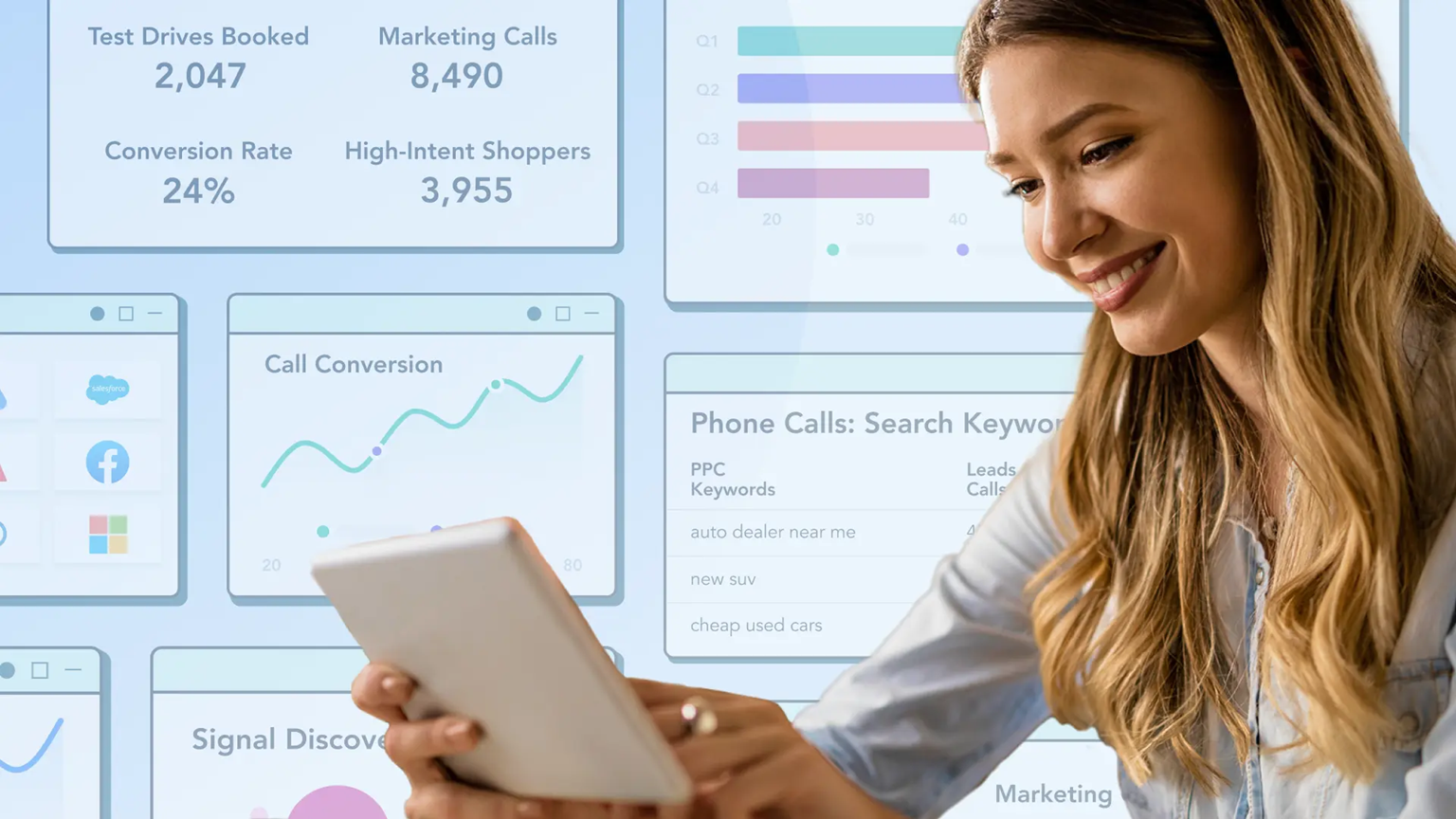Creativity is at the heart of every successful business, driving innovation, problem-solving, and growth. Whether you’re running a small startup or managing a large corporation, fostering creativity within your team can be a game-changer. A creative team is more likely to come up with groundbreaking ideas, fresh solutions to challenges, and ways to improve efficiency that give your business a competitive edge.
In this blog post, we’ll explore 10 effective ways to boost your team’s creativity. These techniques will help create an environment that encourages out-of-the-box thinking, collaboration, and innovation. Let’s dive in!
Why creativity is important in the workplace

Before we delve into the specific ways to boost creativity, it’s essential to understand why creativity matters in the workplace. In today’s fast-paced business world, staying ahead of competitors requires constant innovation. Creative teams generate novel ideas that can solve problems, improve products and services, and increase customer satisfaction.
Fostering creativity also helps retain employees. When team members are encouraged to be creative and contribute their ideas, they feel more valued and motivated. Additionally, creative teams are more agile, better able to adapt to changes, and excel at finding solutions to complex problems.
10 ways to boost your team’s creativity
1. Encourage a growth mindset
One of the most effective ways to boost creativity in your team is by fostering a growth mindset. A growth mindset is the belief that abilities and intelligence can be developed over time through effort and learning. When your team members adopt this mindset, they are more likely to embrace challenges, take risks, and approach problems with a positive attitude.
Encourage team members to view mistakes as learning opportunities rather than failures. This helps them push beyond their comfort zones and take creative risks without fear of judgment. When people feel they can learn and grow from their efforts, they are more likely to experiment with innovative ideas.
Tip: Use language that promotes learning, such as “Let’s experiment with this,” or “What can we learn from this mistake?”
2. Create a collaborative environment
Collaboration is a powerful driver of creativity. By creating an environment where team members can freely share ideas and collaborate with each other, you increase the chances of innovative solutions emerging. A collaborative atmosphere encourages diverse perspectives and allows team members to build on one another’s ideas.
Encourage brainstorming sessions where all ideas are welcome, regardless of how unconventional they may seem. You can also use creative collaboration tools like Trello, Slack, or Miro to facilitate remote brainstorming and teamwork.
Tip: Foster a culture of open communication and mutual respect, where team members feel comfortable sharing their thoughts without fear of criticism.
3. Give team members time and space for creative thinking
Sometimes, the best ideas come when people aren’t under pressure. Giving your team the time and space to think creatively is crucial. This means avoiding constant deadlines and allowing employees to step away from their daily tasks to engage in creative thinking.
Allocate dedicated time for brainstorming sessions or creative workshops where team members can think outside the box. For instance, a “creative hour” during which employees are encouraged to work on personal projects or explore new ideas can be highly beneficial.
Tip: Avoid micromanaging during creative sessions. Allow your team the freedom to explore and experiment.
4. Provide opportunities for learning and development

Creativity flourishes when employees have access to new knowledge and skills. Offering training programs, workshops, or access to online learning platforms like Coursera or LinkedIn Learning can inspire fresh ideas and creative thinking. Exposure to new concepts and techniques can expand their thinking and give them the tools they need to solve problems in innovative ways.
For example, providing team members with training in design thinking, innovation management, or emotional intelligence can lead to more creative problem-solving in the workplace.
Tip: Encourage your team to learn about topics outside of their immediate job functions. A broader knowledge base often leads to more creative connections.
5. Embrace diverse perspectives
Diversity is a critical component of creativity. When people from different backgrounds, cultures, and disciplines come together, they bring unique viewpoints that can spark innovative ideas. A diverse team is more likely to generate original solutions because of the variety of experiences and insights each member contributes.
Promote diversity in your hiring practices and create a welcoming environment where people feel comfortable expressing their individuality. This will help foster an environment rich in diverse ideas and creative solutions.
Tip: Hold discussions on diversity and inclusion to ensure your team understands the value of different perspectives in driving creativity.
6. Provide positive reinforcement and recognition
Creativity thrives in environments where people feel appreciated for their efforts. When employees are recognized for their creative ideas and contributions, they are more likely to continue thinking innovatively and take pride in their work.
Celebrate successes, no matter how small, and acknowledge creative contributions publicly. This can be done through team meetings, awards, or informal recognition such as a shout-out in an email or a team celebration.
Tip: Create a culture of recognition where team members regularly appreciate each other’s creative efforts.
7. Encourage play and fun
Sometimes, the most creative ideas come when employees are having fun. Incorporating playful activities or allowing team members to engage in creative games can help unlock new ways of thinking. Gamification can also be a valuable tool to encourage creative problem-solving, where team members earn rewards or points for innovative solutions.
Organize fun team-building activities like hackathons, escape rooms, or creative challenges. These activities not only encourage creativity but also foster stronger bonds among team members, which can further enhance collaboration.
Tip: Make sure the activities are engaging and inclusive, catering to different interests and strengths within your team.
8. Allow autonomy and empower decision-making
Micromanagement stifles creativity. When employees feel like they have no control over their work, they are less likely to experiment with new ideas. Allowing your team the autonomy to make decisions and take ownership of projects can greatly boost creativity.
Give employees the freedom to work on projects they’re passionate about, and trust them to make decisions. Empowerment leads to a sense of responsibility, which drives employees to come up with innovative solutions.
Tip: Provide clear objectives and guidelines but allow flexibility in how employees achieve those goals.
9. Encourage cross-disciplinary collaboration
Encouraging collaboration between different departments or teams can significantly boost creativity. When people with different skill sets and areas of expertise come together, they can approach problems from various angles, leading to more innovative solutions.
Cross-disciplinary collaboration can be achieved by organizing workshops, think tanks, or collaborative projects that bring together individuals from different functions such as marketing, engineering, and design.
Tip: Create opportunities for employees to engage with people outside their usual team, fostering knowledge exchange and innovative thinking.
10. Foster a safe environment for risk-taking

Creative thinking often involves taking risks. If employees fear making mistakes or facing criticism, they may avoid taking creative risks altogether. To foster creativity, you need to create a safe environment where employees feel comfortable trying new things without the fear of failure.
Encourage experimentation by setting a “fail-forward” mentality, where failures are seen as opportunities to learn and grow rather than something to avoid. Celebrate the lessons learned from experiments that didn’t work out, as this mindset encourages people to keep pushing boundaries.
Tip: Ensure that leadership is supportive of creative efforts and refrains from harsh criticism of unsuccessful ideas.
Creativity is a vital component of success in the modern workplace. By implementing strategies like fostering a growth mindset, encouraging collaboration, offering learning opportunities, and creating a safe space for risk-taking, you can unlock your team’s full creative potential. Remember, creativity thrives in an environment that values diverse perspectives, encourages experimentation, and rewards innovative thinking.
Incorporating these strategies into your management approach will not only enhance your team’s creativity but also improve problem-solving, increase innovation, and ultimately contribute to the success of your business.
Frequently asked questions (FAQs)
Q1: How can I help my team overcome creative blocks?
A1: Creative blocks can often be overcome by introducing new challenges, providing time for reflection, or simply changing the environment. Encourage your team to step away from the problem and engage in activities that inspire fresh ideas, like brainstorming or walking outside.
Q2: What is the role of leadership in fostering creativity?
A2: Leadership plays a pivotal role in setting the tone for creativity. Leaders must model creative thinking, encourage risk-taking, and provide the resources and support necessary for creative ideas to flourish. A supportive and open-minded leadership style is key to fostering a creative work environment.
Q3: How can I measure the success of my team’s creativity?
A3: The success of creative initiatives can be measured by evaluating the outcomes of creative projects, the number of new ideas generated, and employee engagement in creative activities. Feedback from clients or stakeholders on innovative solutions can also serve as a valuable indicator.
Q4: How can I integrate creativity into remote teams?
A4: Creativity can be integrated into remote teams by using digital collaboration tools, organizing virtual brainstorming sessions, and encouraging cross-functional projects. Remote teams can benefit from creative activities that promote communication and idea sharing, such as virtual hackathons or online innovation challenges.




